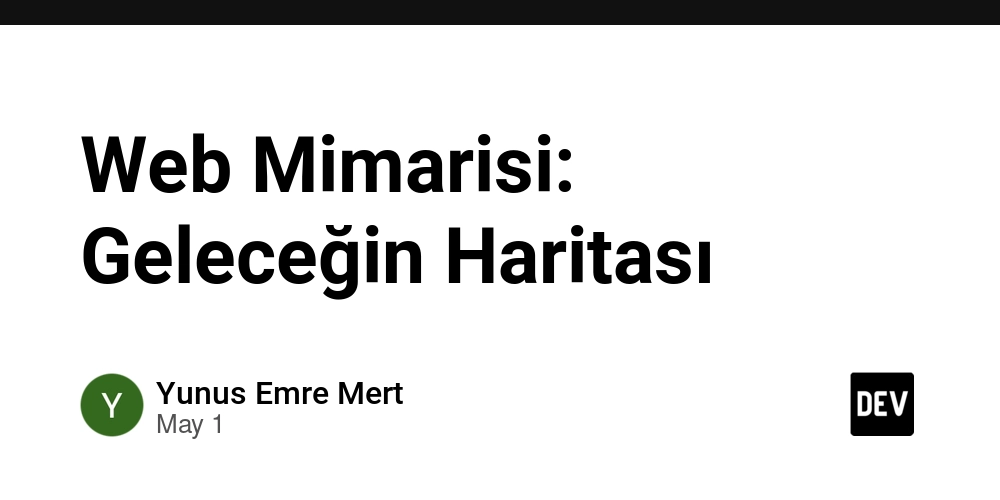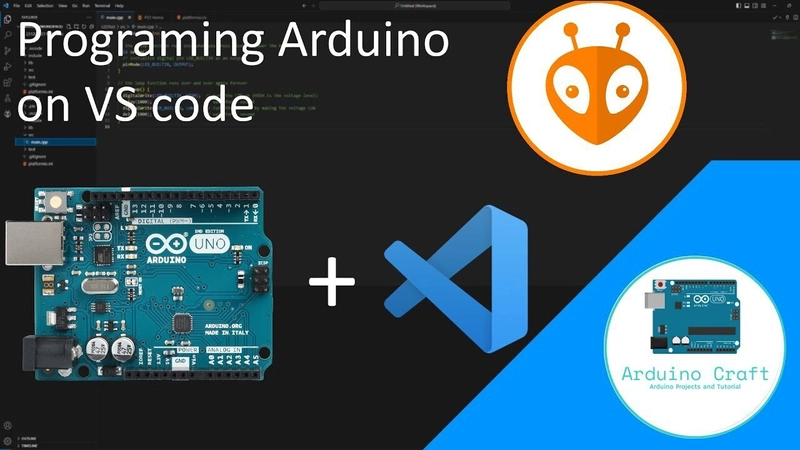Siemens: Embracing Blockchain for a Sustainable Future
Abstract: This post explores how Siemens is leveraging blockchain technology to transform sustainability initiatives. We dive deep into Siemens’ roles in energy management, supply chain transparency, and circular economy practices. Along with background context on blockchain, the article discusses real-world applications, key challenges such as energy consumption and interoperability, and future innovations as Siemens aims for a carbon-neutral future by 2030. With tables, bullet lists, and integrated links to authoritative sources and related dev.to posts, we present a comprehensive view of this technological evolution. Introduction Blockchain is no longer just a buzzword; it is revolutionizing industries across multiple fronts. Siemens, as a global technology leader, is embracing this innovation to address sustainability challenges—the growing demand for decentralized energy systems, transparency in supply chains, and sustainable circular economy practices are just a few examples. Siemens’ initiatives illustrate how legacy corporations can harness disruptive technologies for long-term environmental benefits. In this article, we uncover Siemens’ blockchain strategy and provide insights into its potential for reshaping the sustainable future of energy, supply chain processes, and product life cycles. Background and Context Blockchain is a distributed ledger technology that guarantees data immutability and transparency. Originally used to secure cryptocurrency transactions, it now supports various applications including supply chain traceability, energy trading, and recycling processes. Historical Context: Historically, Siemens has been at the forefront of industrial innovation, developing smart solutions across energy management and automation sectors. With sustainability taking center stage in global policy and corporate strategy, Siemens has turned to blockchain to enhance transparency and efficiency. This new direction is in harmony with widespread efforts to decarbonize the economy and encourage ethical, sustainable practices across all operations. Ecosystem and Definitions: Blockchain: A decentralized digital ledger that records transactions across many computers in a secure, immutable manner. Decentralized Energy Systems: Systems in which energy generation and distribution are not governed by a single entity, promoting localized and sustainable energy usage. Circular Economy: An economic system aimed at eliminating waste and continually reusing resources through refurbishing, recycling, and responsible consumption. Siemens’ strategic integration of blockchain into core fields such as energy management, supply chain transparency, and circular economy practices bridges advanced technology with sustainability goals. For more background on Siemens’ sustainability efforts, you can visit their Sustainability Home. Core Concepts and Features Siemens is tackling sustainability challenges through three key areas enhanced by blockchain: 1. Energy Management Siemens is leading the way by integrating blockchain into energy trading systems. This effort promotes: Decentralized Energy Marketplaces: With blockchain-enabled platforms, energy can be traded in a secure, peer-to-peer manner. Transparency and Certification: Blockchain ensures that energy sources and consumption data are recorded accurately, building trust and security. For detailed insights, please explore Siemens’ dedicated Energy Management solutions and learn more about Blockchain and Energy Trading. 2. Supply Chain Transparency Blockchain improves supply chain traceability by maintaining immutable records at every step. Key features include: Ethical Sourcing Verification: Ensure that raw materials and products come from ethical and sustainable sources. Emission Reduction Tracking: Monitor carbon footprints across the supply chain, enabling better regulatory compliance and environmental reporting. Learn how blockchain is transforming industries by visiting the Supply Chain Transparency page and exploring Blockchain in Supply Chain. 3. Circular Economy Practices Blockchain is also used to track product lifecycles, making recycling and refurbishing more efficient. Features include: Lifecycle Tracking: From production to end-of-life, blockchain helps verify every stage of a product’s journey. Enhanced Recycling Efforts: Accurate data on product components and usage patterns drive better recycling strategies. For additional insights, check out Siemens’ Circular Economy Practices and explore the role of blockchain in creating Sustainable Blockchain Practices. Applications and Use Cases Real-world examples reflect Siemens’ innovative integration of blockchain technology. Here are a few practical applications: Use Case 1: Decentralized Energy Trading Siemens is pioneering systems in which energy transactions are executed th

Abstract:
This post explores how Siemens is leveraging blockchain technology to transform sustainability initiatives. We dive deep into Siemens’ roles in energy management, supply chain transparency, and circular economy practices. Along with background context on blockchain, the article discusses real-world applications, key challenges such as energy consumption and interoperability, and future innovations as Siemens aims for a carbon-neutral future by 2030. With tables, bullet lists, and integrated links to authoritative sources and related dev.to posts, we present a comprehensive view of this technological evolution.
Introduction
Blockchain is no longer just a buzzword; it is revolutionizing industries across multiple fronts. Siemens, as a global technology leader, is embracing this innovation to address sustainability challenges—the growing demand for decentralized energy systems, transparency in supply chains, and sustainable circular economy practices are just a few examples. Siemens’ initiatives illustrate how legacy corporations can harness disruptive technologies for long-term environmental benefits. In this article, we uncover Siemens’ blockchain strategy and provide insights into its potential for reshaping the sustainable future of energy, supply chain processes, and product life cycles.
Background and Context
Blockchain is a distributed ledger technology that guarantees data immutability and transparency. Originally used to secure cryptocurrency transactions, it now supports various applications including supply chain traceability, energy trading, and recycling processes.
Historical Context:
Historically, Siemens has been at the forefront of industrial innovation, developing smart solutions across energy management and automation sectors. With sustainability taking center stage in global policy and corporate strategy, Siemens has turned to blockchain to enhance transparency and efficiency. This new direction is in harmony with widespread efforts to decarbonize the economy and encourage ethical, sustainable practices across all operations.
Ecosystem and Definitions:
- Blockchain: A decentralized digital ledger that records transactions across many computers in a secure, immutable manner.
- Decentralized Energy Systems: Systems in which energy generation and distribution are not governed by a single entity, promoting localized and sustainable energy usage.
- Circular Economy: An economic system aimed at eliminating waste and continually reusing resources through refurbishing, recycling, and responsible consumption.
Siemens’ strategic integration of blockchain into core fields such as energy management, supply chain transparency, and circular economy practices bridges advanced technology with sustainability goals. For more background on Siemens’ sustainability efforts, you can visit their Sustainability Home.
Core Concepts and Features
Siemens is tackling sustainability challenges through three key areas enhanced by blockchain:
1. Energy Management
Siemens is leading the way by integrating blockchain into energy trading systems. This effort promotes:
- Decentralized Energy Marketplaces: With blockchain-enabled platforms, energy can be traded in a secure, peer-to-peer manner.
- Transparency and Certification: Blockchain ensures that energy sources and consumption data are recorded accurately, building trust and security.
For detailed insights, please explore Siemens’ dedicated Energy Management solutions and learn more about Blockchain and Energy Trading.
2. Supply Chain Transparency
Blockchain improves supply chain traceability by maintaining immutable records at every step. Key features include:
- Ethical Sourcing Verification: Ensure that raw materials and products come from ethical and sustainable sources.
- Emission Reduction Tracking: Monitor carbon footprints across the supply chain, enabling better regulatory compliance and environmental reporting.
Learn how blockchain is transforming industries by visiting the Supply Chain Transparency page and exploring Blockchain in Supply Chain.
3. Circular Economy Practices
Blockchain is also used to track product lifecycles, making recycling and refurbishing more efficient. Features include:
- Lifecycle Tracking: From production to end-of-life, blockchain helps verify every stage of a product’s journey.
- Enhanced Recycling Efforts: Accurate data on product components and usage patterns drive better recycling strategies.
For additional insights, check out Siemens’ Circular Economy Practices and explore the role of blockchain in creating Sustainable Blockchain Practices.
Applications and Use Cases
Real-world examples reflect Siemens’ innovative integration of blockchain technology. Here are a few practical applications:
Use Case 1: Decentralized Energy Trading
Siemens is pioneering systems in which energy transactions are executed through blockchain, creating secure, decentralized marketplaces. This application not only reduces operational costs but also ensures that energy data is tamper-proof, enhancing overall trust in the system.
Benefits include:
- Reduced transaction fees
- Improved data transparency
- Enhanced verification of energy origins
Use Case 2: Transparent and Ethical Supply Chains
Using blockchain, Siemens provides real-time tracking of products and raw materials. This approach ensures the ethical sourcing of materials while meeting regulatory requirements. For example, a pharmaceutical supply chain can leverage blockchain to guarantee that every component of a drug is sourced under ethical guidelines, thereby reducing risks and emissions.
Use Case 3: Lifecycle Management in the Circular Economy
Blockchain applications extend to lifecycle management, tracking each product from manufacturing to recycling. This data aids in assessing the environmental impact and facilitates improved recycling processes. For instance, Siemens tracks electronic components to optimize refurbishing and recycling strategies, thereby contributing to a truly sustainable circular economy.
Below is a table summarizing these use cases:
| Application Area | Blockchain Feature | Real-World Benefit |
|---|---|---|
| Energy Management | Decentralized energy trading | Reduced fees, improved transparency, secure transactions |
| Supply Chain Transparency | Immutable tracking records | Ethical sourcing, regulatory compliance, emission reduction |
| Circular Economy | Lifecycle tracking & data sharing | Optimized refurbishing, enhanced recycling, waste reduction |
Challenges and Limitations
While blockchain promises many benefits, Siemens faces several challenges as it integrates the technology on a large scale.
Technical Challenges
High Energy Consumption:
Blockchain networks are notorious for high energy use. Siemens is actively exploring efficient protocols to mitigate this issue. For more details, see the discussion on Blockchain Energy Consumption.Interoperability:
Integrating blockchain with legacy systems demands robust interoperability protocols. Siemens is investing in advanced integration solutions to ensure seamless communication between different technologies. Learn more about these challenges in Blockchain Interoperability.
Adoption Challenges
- Scalability and Transaction Speed: Increased usage in decentralized platforms could lead to slower transaction speeds unless scalability measures are met.
- Regulatory Uncertainty: As governments and institutions adjust to blockchain’s rapid expansion, compliance and regulations can shift, posing risks for large corporations.
Key Challenges:
- Energy efficiency concerns
- System integration and interoperability
- Regulatory compliance and scalability
Each challenge presents an opportunity for innovation and progress, as Siemens continues to invest in research and development to navigate these hurdles.
Future Outlook and Innovations
Siemens is setting its sights on a carbon-neutral future by 2030, and blockchain is a key component of this vision. What does the future hold?
Embracing New Protocols
The future will see the adoption of more energy-efficient blockchain protocols that address scalability and interoperability challenges. Siemens is already exploring these protocols to reduce energy consumption while maintaining robust security features.
Enhanced Data Analytics and IoT Integration
Blockchain’s integration with IoT technology will allow for real-time data capture and automated decision-making. This will further enhance supply chain transparency and energy management systems. Imagine real-time tracking of energy production and consumption combined with predictive analysis—a crucial factor in sustainable energy management.
Collaborative Ecosystems
By partnering with industry leaders and innovators, Siemens is fostering an ecosystem that leverages blockchain for sustainable development. These collaborations are expected to drive the evolution of new standards within industries globally.
Continuous Innovation in Blockchain Technology
Innovation is at the core of Siemens’ strategy, and continuous R&D will likely lead to:
- Improved Consensus Mechanisms: Minimizing energy consumption while boosting security.
- Enhanced Security for Sensitive Data: Ensuring that data integrity and privacy are not compromised.
- Broader Adoption: As blockchain infrastructure matures, more industries will adopt these solutions for sustainable transformations.
Additional Perspectives from the Community:
Industry experts are actively discussing these innovations on platforms like dev.to. For instance, check out Exploring the Lightning Speed Transaction Capabilities of Fragment Telegram for insights into faster processing frameworks that could soon be integrated with blockchain systems. Similarly, General Electric's Strategic Use of Blockchain in Supply Chain Management: A Holistic Overview offers a broader perspective on how large corporations are leveraging these technologies.
Summary
Siemens is paving the way for a sustainable future by integrating blockchain technology in various core operational areas. With a deep focus on:
- Energy Management: Enabling decentralization and transparency in energy trading.
- Supply Chain Transparency: Guaranteeing ethical sourcing and reducing emissions.
- Circular Economy Practices: Tracking product lifecycles for improved refurbishing and recycling.
Key Points Recap:
- Innovative Integration: Siemens uses blockchain to not only streamline operations but also safeguard sustainability.
- Technical Challenges: Issues like energy consumption, scalability, and interoperability require ongoing innovations.
- Future Innovations: Continuous development in blockchain efficiency and IoT integration promises a more sustainable industry landscape.
Siemens’ initiatives underline the transformative potential of blockchain in achieving sustainability, making it a beacon for other organizations looking to embrace eco-friendly technological solutions. For more on Siemens' sustainability and technological endeavors, visit their Sustainability Home.
For further reading and technical insights, consider reviewing the original article on Siemens: Embracing Blockchain for a Sustainable Future. Also, experts continue to share similar perspectives in open communities such as Open Source Monetization Challenges, Strategies and Future Trends.
Additional Resources and Links
Below is a bullet list of useful resources and related topics for further exploration:
Energy Management Solutions:
Siemens Energy Management
Blockchain and Energy TradingSupply Chain Transparency:
Supply Chain Management by Siemens
Blockchain in Supply ChainSustainability Practices:
Circular Economy Initiatives
Sustainable Blockchain PracticesBlockchain Technical Challenges:
Blockchain Energy Consumption
Blockchain InteroperabilityFurther Industry Insights:
Exploring the Lightning Speed Transaction Capabilities of Fragment Telegram
General Electric’s Strategic Use of Blockchain
Conclusion
Siemens is at the forefront of harnessing blockchain technology as a tool for sustainable innovation. By integrating blockchain into energy management, supply chain transparency, and circular economy practices, Siemens is setting new industry standards that combine technical excellence with environmental responsibility. The company’s forward-thinking approach not only provides a vision for a carbon-neutral future but also illustrates how legacy systems can be transformed using next-generation technologies.
As blockchain technology continues to evolve through improved consensus mechanisms, optimized energy consumption protocols, and enhanced interoperability, Siemens’ strategic initiatives will likely influence global industries to adopt more transparent and sustainable practices. The journey toward a sustainable future is complex—but with blockchain’s robust features and Siemens’ leadership, the path forward is both promising and transformative.
For anyone interested in the convergence of blockchain and sustainability, Siemens’ strategy offers a valuable case study. As we move toward a future defined by innovation and environmental consciousness, it is clear that solutions like these are stepping stones towards a more sustainable and resilient global economy.
Explore further discussions and insights on related topics in open platforms and dev communities to stay updated with the latest trends in blockchain technology and sustainable industrial practices.
Embracing blockchain for sustainability is not just about technology—it’s about rethinking how we interact with the environment, optimize our resources, and build a better future for everyone.











































































































































































![[The AI Show Episode 146]: Rise of “AI-First” Companies, AI Job Disruption, GPT-4o Update Gets Rolled Back, How Big Consulting Firms Use AI, and Meta AI App](https://www.marketingaiinstitute.com/hubfs/ep%20146%20cover.png)











































































































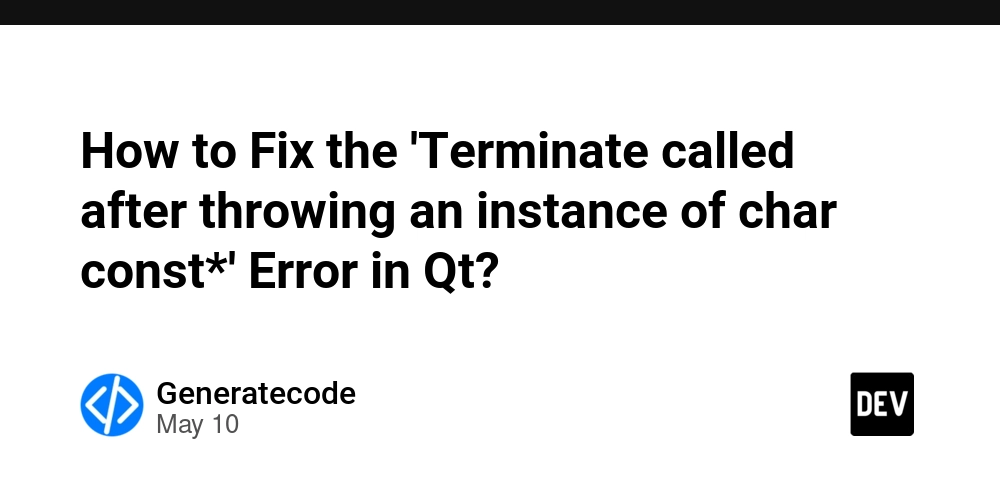
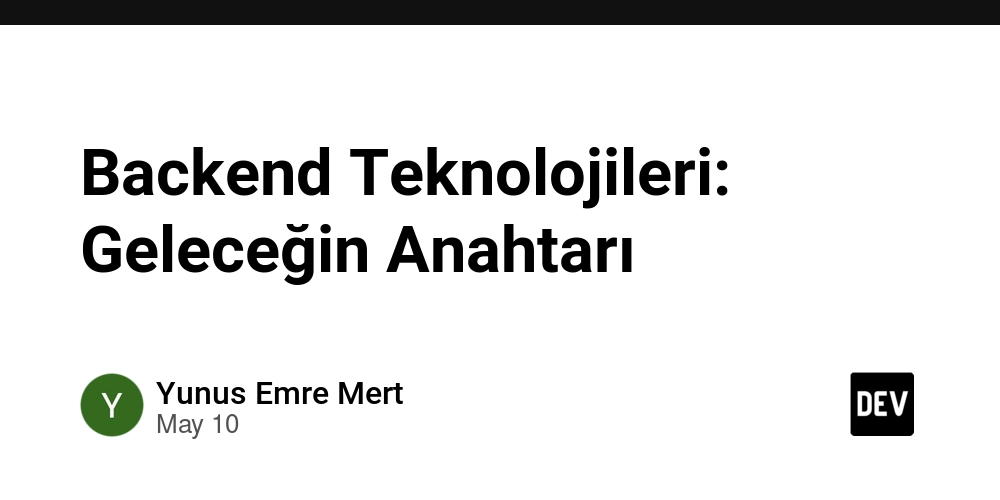


















![Ditching a Microsoft Job to Enter Startup Hell with Lonewolf Engineer Sam Crombie [Podcast #171]](https://cdn.hashnode.com/res/hashnode/image/upload/v1746753508177/0cd57f66-fdb0-4972-b285-1443a7db39fc.png?#)



























































.jpg?width=1920&height=1920&fit=bounds&quality=70&format=jpg&auto=webp#)




















































-Nintendo-Switch-2-Hands-On-Preview-Mario-Kart-World-Impressions-&-More!-00-10-30.png?width=1920&height=1920&fit=bounds&quality=70&format=jpg&auto=webp#)









































































































-xl.jpg)






























![New iPad 11 (A16) On Sale for Just $277.78! [Lowest Price Ever]](https://www.iclarified.com/images/news/97273/97273/97273-640.jpg)

![Apple Foldable iPhone to Feature New Display Tech, 19% Thinner Panel [Rumor]](https://www.iclarified.com/images/news/97271/97271/97271-640.jpg)














































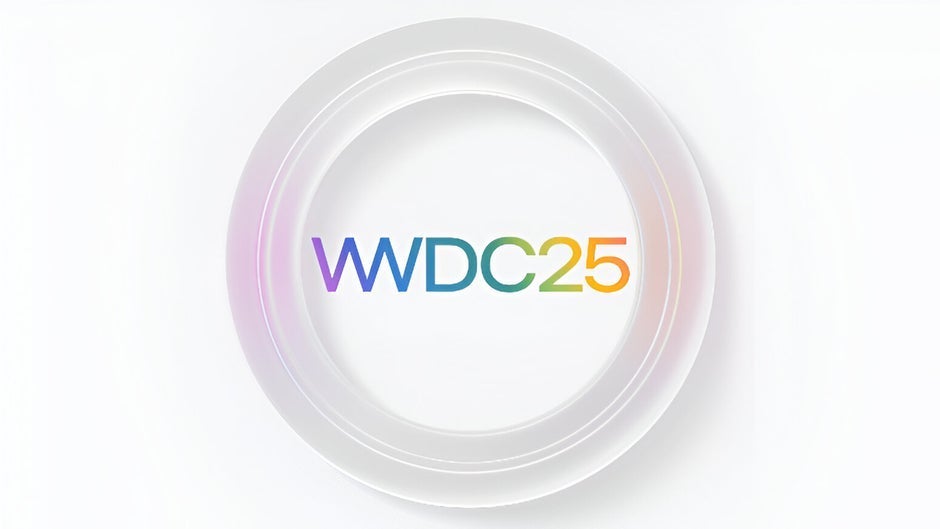
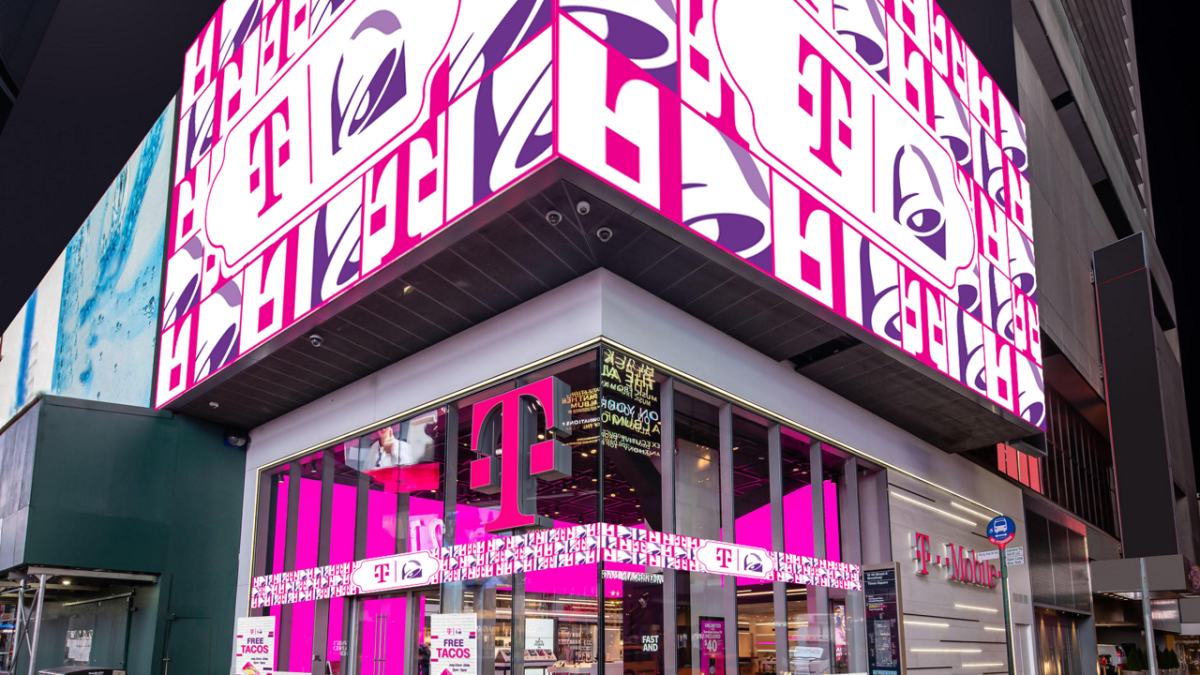
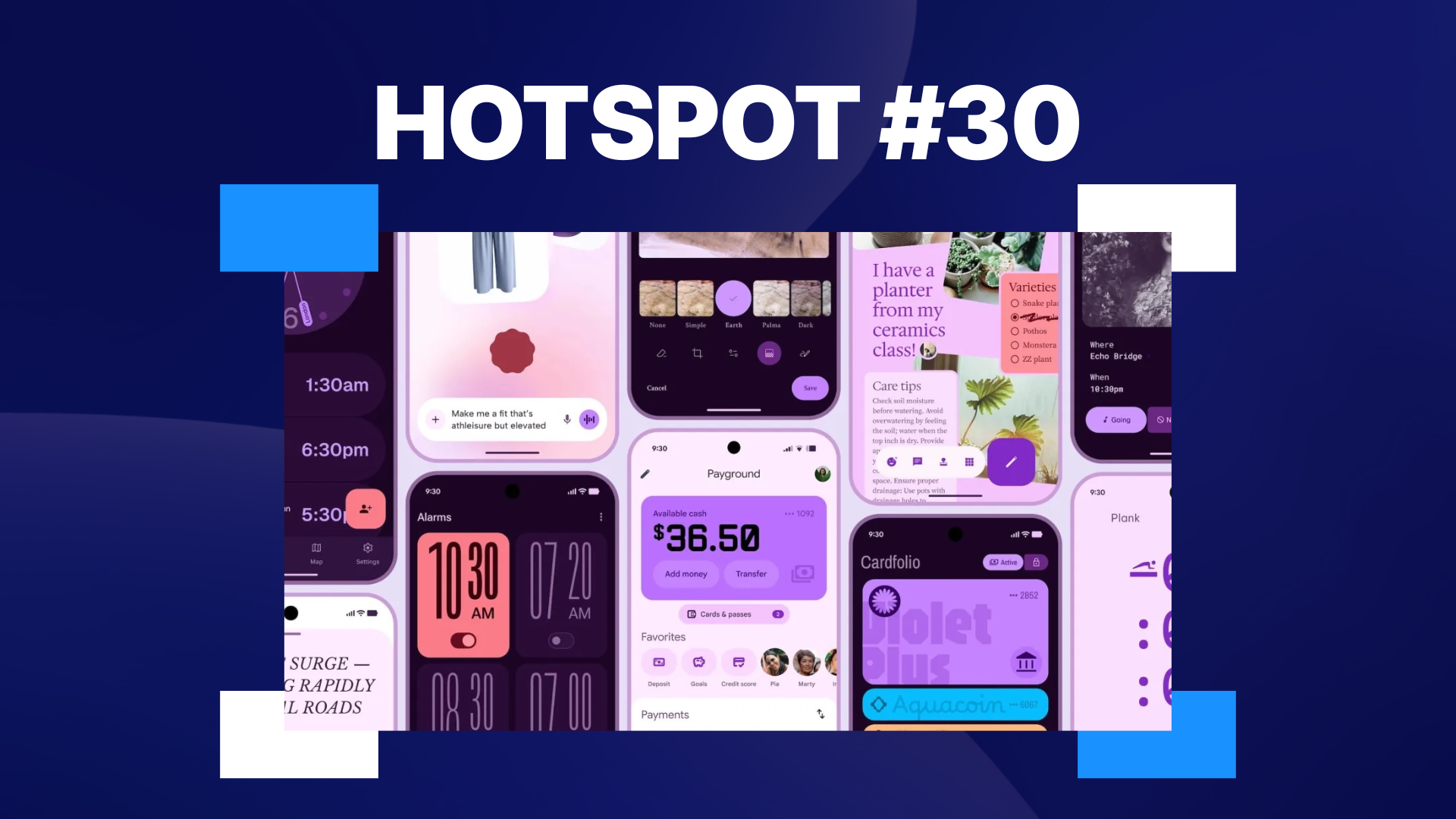





















![[Weekly funding roundup May 3-9] VC inflow into Indian startups touches new high](https://images.yourstory.com/cs/2/220356402d6d11e9aa979329348d4c3e/WeeklyFundingRoundupNewLogo1-1739546168054.jpg)


























